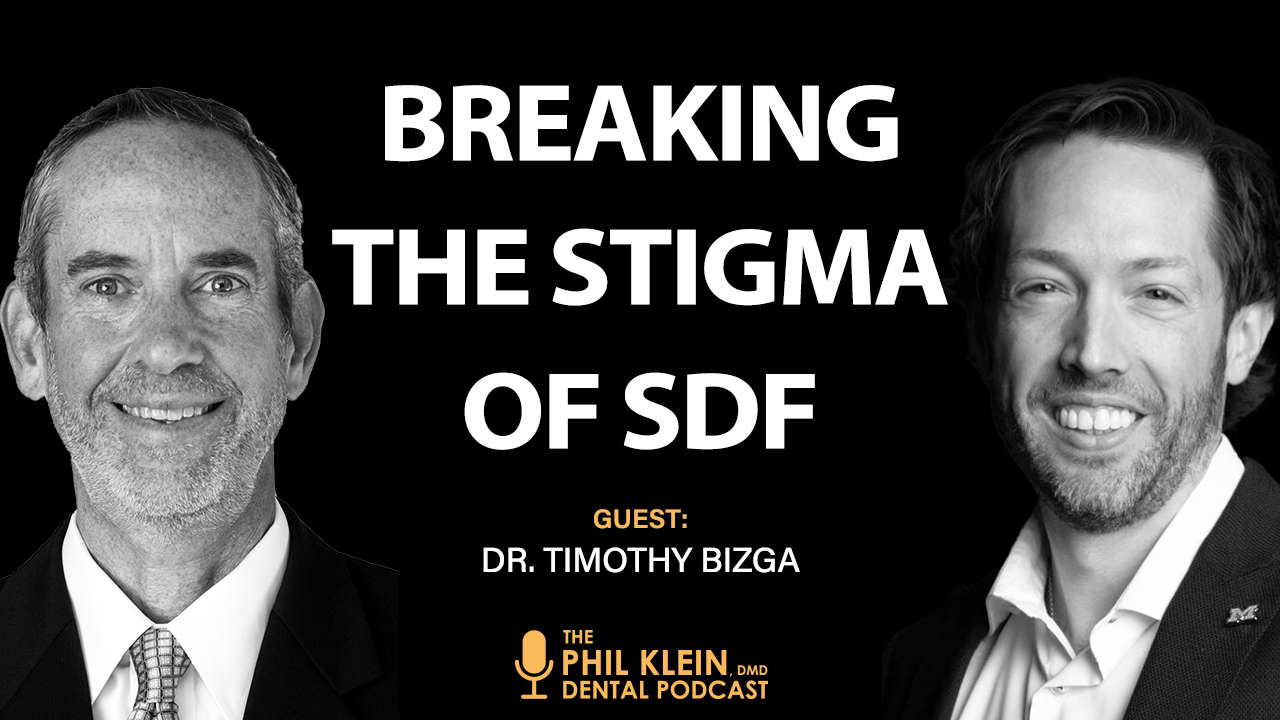
Share this webinar
|
Among several techniques for composite restorations described in the literature the layering technique is commonly claimed to reproduce the aspects of natural dentition, as well as to allow control of stress generated by polymerization shrinkage. However, the layering technique involves deep acquaintance of adhesive procedures, material handling, and of dental anatomy, which makes it complex and time consuming.
In order to overcome such drawbacks, advances in polymer chemistry engineering along with new layering techniques have been proposed. For instance, low shrinkage composites have been developed for bulk filling of cavities, eliminating the steps required in traditional layering techniques, which substantially simplifies composite resin restoration procedures. Bulk filling allows the restoration to be built in either one or two layers, according to the type and features of the bulk fill composite. This CE webinar will discuss the two techniques: the traditional layering technique (dentin/chromatic/achromatic enamel) and the modified technique using the low shrinkage composites (bulk flowable/enamel composite resin). The step-by-step sequence of each technique is described along with the challenges and essentials of each one. Results obtained by microCT analysis of bulk filling composites will be also presented.
Upon completion of this CE webinar, the student will
• Understand different approaches for composite restorations, being able to define the correct indication
• Implement the bulk filling technique as a routine procedure for posterior restorations
(
disclaimer, bio and commercial disclosure
)
|























